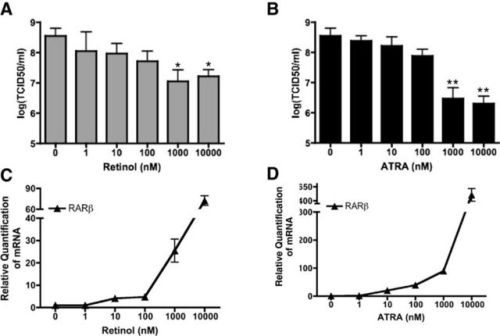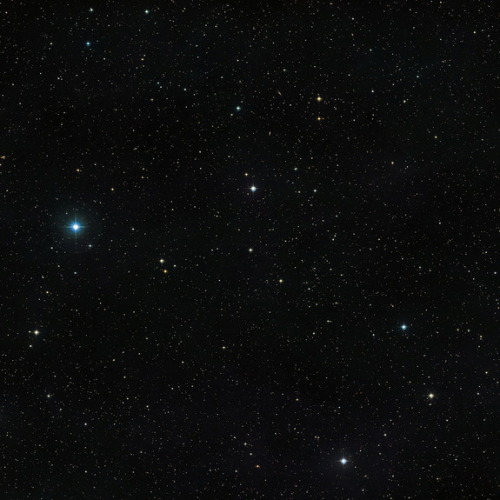#scienc
With mumps making the rounds, it’s good to know that vitamin A can help.
In vitro inhibition of mumps virus by retinoids
These results demonstrate that retinoids inhibit MuV replication in uninfected bystander cells through a retinoid inducible gene I (RIG-I), retinoic acid receptor (RAR) and IFN dependent manner making them refractory to subsequent rounds of viral replication. These observations raise the possibility that pharmacological doses of retinoids might have clinical benefit in MuV infection.
Post link
A new alien planet-hunting tool has found no trace of a brown dwarf more than 100 light-years from Earth, despite evidence that the misfit failed star is eclipsing its partner, a team of puzzled astronomers says. European Southern Observatory’s (ESO) new SPHERE (Spectro-Polarimetric High-contrast Exoplanet Research) on the Very Large Telescope didn’t find a sign of a brown dwarf — sometimes called a “failed star” — near the double star V471 Tauri, despite the fact that scientists were pretty sure they would find one. The scientists used the ESO observations to create a video zoom-in on the strange star system.
Post link
So I drink like 3 glasses of milk a day, I love cream and I love icecream, but sadly, I am developing lactose intolerance. Naturally, I googled it.
The technical term for lactose intolerance is hypolactasia. So we know that when we eat food, it travels through our oesophagus, stomach and intenstines. The enzymes found in the stomach and the intestine (e.g. amylase) break down different molecules so that they are smaller and are able to be absorbed through the intenstinal wall. Well a specific enzyme known as lactase, catalyses the reaction for the break down of lactose which is found in dairy. Lactose is a dissacharide sugar (relatively small). The breakdown is a hydrolisis reaction and results in galactose.
In mammals, infants usually produce lactase untill they are weaned from their mothers, however due to extended consumption of dairy, over time the human population has developed lactose persistence, meaning it is continued to be produced after weaning. Despite this, approximately 75% of adults show a decrease in lactase at some point.
Cultures that have favoured dairy for hundreds of years are more likely to have individuals who are lactase persistent (e.g. european countries).
There are multiple independant mutations which allow lactase persistence (different mutations are found in different cultures).
Post link



